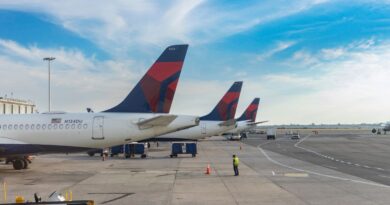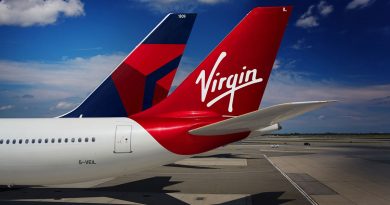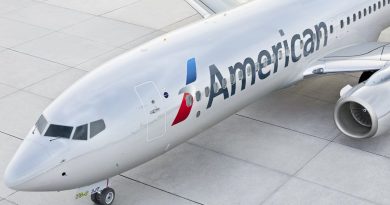Partial runway reopening helps Hawaiian Airlines rebound in on-time performance
ISTANBUL — Since last fall, normally reliable Hawaiian Airlines has seen its on-time performance plummet due to the temporary closure of the primary arrivals runway at Honolulu’s Daniel K. Inouye International Airport.
The runway had been closed for a $103 million widening and resurfacing project, but it mostly reopened on May 27, and Hawaiian customers are already enjoying an improvement.
Hawaiian recorded an on-time rate of just 63% in May, FlightAware data shows. But from May 28 through June 4, the carrier’s on-time performance shot up to 80.3%.
“We’re definitely through the worst at this point,” Hawaiian CEO Peter Ingram said during an interview Monday at IATA’s Annual General Meeting.
Hawaiian has historically been the most timely of the 10 largest U.S. carriers. In 2021 the airline recorded a 90.1% on-time rate under the Department of Transportation’s definition of on time (flights arrive within 15 minutes of schedule). But last year Hawaiian plummeted to fifth with an on-time rate of 75.8%.
The closure of Hawaiian’s runway 8L last October was the primary cause of the performance slide, largely because it backed up air traffic in inconsistent ways that proved extremely challenging to schedule around.
Further, when traffic did back up, air traffic controllers prioritized transpacific flights from Asia and the U.S. mainland for landing while holding flights from the Hawaiian Islands. That was major problem for the airline, which operates approximately 160 interisland flights per day.
Runway 8L still isn’t fully open, Ingram said. It’s currently shorter than its full length while the FAA continues its work until approximately November. However, that work is mostly being done at night.
Ingram said that while two weeks ago the FAA was implementing persistent ground holds that sometimes lasted up 50 or 60 minutes, holds now are mainly confined to the late-morning hours and occur only three times or fewer per day for a period of perhaps 10 minutes.
“That has helped a lot,” he explained. “We’ve been running more in the 80s and as high as the 90s in terms of on-time performance. It’s not quite what our normal standard is, but a heck of lot closer to it than we’ve been over the last seven months. So, I think we’re in better shape now.”
Source: Read Full Article



